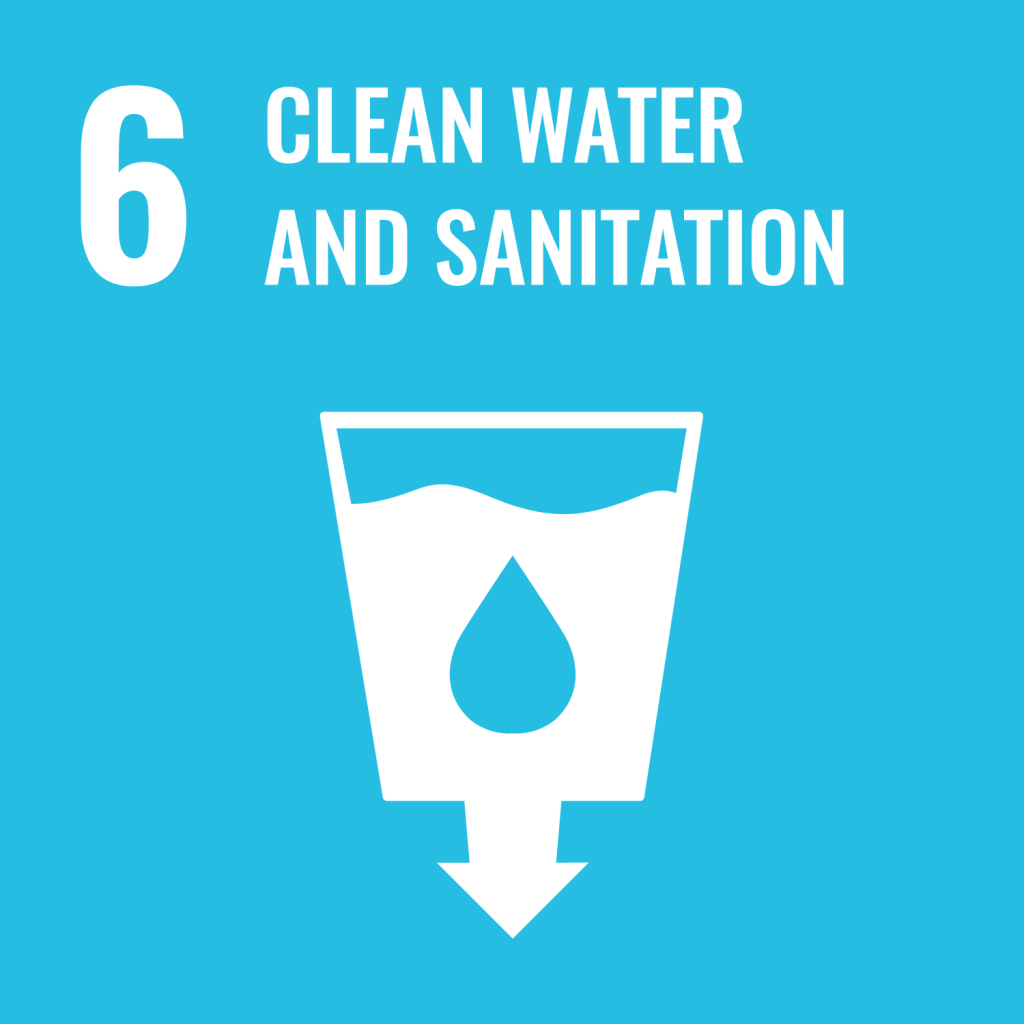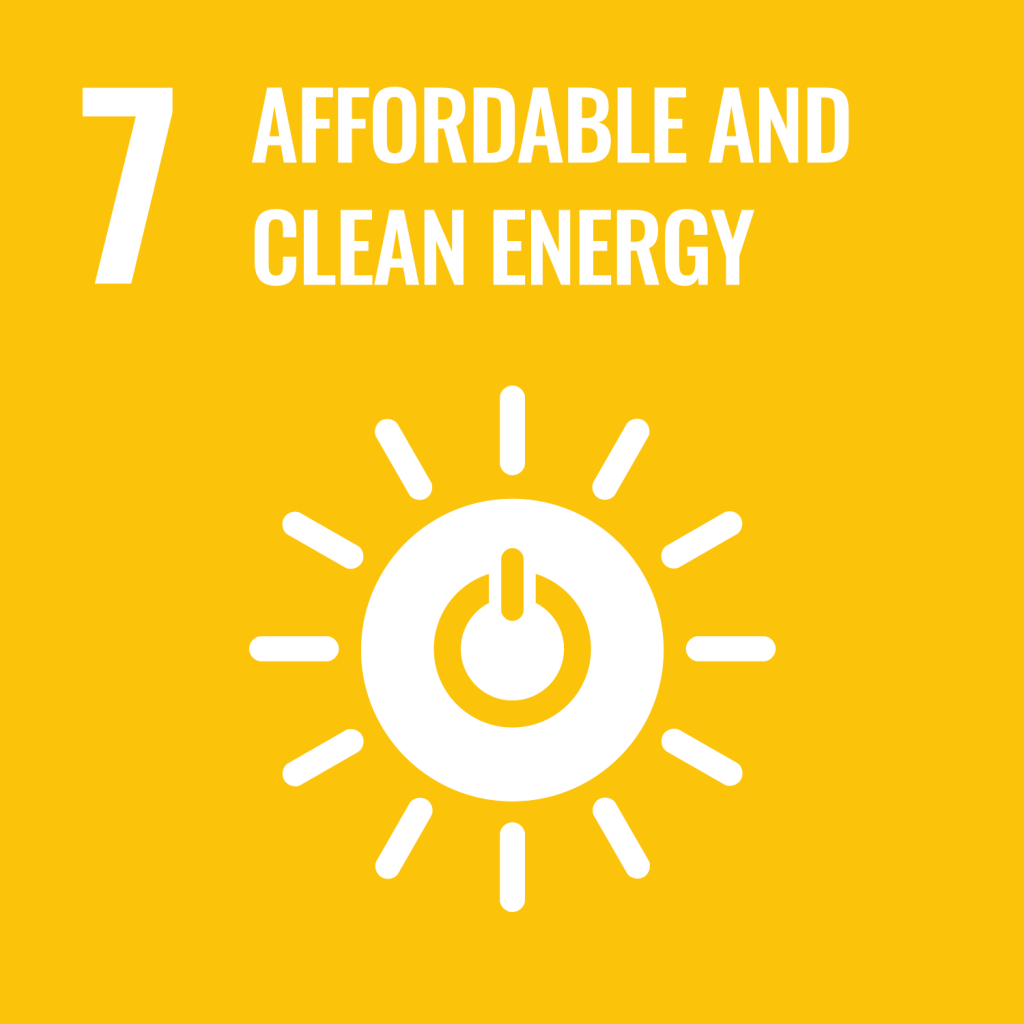VeriForm Inc.
Small (10-49)
Metals
Manufacturing
Lesson
Use behavioural nudges – such as automatic heat shut-off based on misuse of technology – to move staff towards adoption of energy-saving behaviours. The use of energy monitoring technology to pinpoint where to “focus our next resources in terms of cutting costs” “whenever we attack stuff, we always find there’s a lot more benefits that we couldn’t have forecast at the beginning of the project.”
Background
VeriForm Inc. was founded by Paul Rak, its current President, in 1997.





Sustainability Story
VeriForm’s first project was to address five large loading bay doors in the building that were consistently left open, even in winter. The wasted heat from these open doors was contributing to $6000 monthly natural gas bills. The SME installed limit switches on each door that would cause the heat in the shop to turn off if the doors were left open. Within one day, staff had cleared out the shop to make room for trucks and to keep the doors closed. This simple project paid for itself in less than two months, and was also a turning point for the owner.
At this time, VeriForm had begun tracking its greenhouse gas (GHG) emissions and the owner of the company noticed significant carbon savings from this project due to reduced natural gas consumption. This was a revelation as they had assumed carbon reductions would be driven mainly by reducing electricity consumption. The carbon and cost savings of this simple initiative motivated further action. Since that time, VeriForm has reduced its annual natural gas consumption by about 80-90%.
By the end of 2006 alone, VeriForm had invested $46,000 (with the assistance of some incentive programs) to upgrade equipment and improve energy efficiency. VeriForm reduced its energy costs by 58% by the end of the first year, with the upgrades paying for themselves in six months.
By 2009, VeriForm had implemented 37 different energy saving projects, and wanted to put additional structure and stability around their sustainability practices by joining a formal group. As such, they joined in partnership with Sustainable Waterloo Region (SWR), a not for profit organization founded in July 2008 that helps Waterloo Region enterprises achieve carbon, water, and waste reductions through collaboration and education.
In March 2009, VeriForm participated in a volunteer, community based External Working Group to help SWR determine a Carbon Reduction Framework for future members of the Regional Carbon Initiative (RCI) , which has since evolved and includes waste and water reduction targets. In June of 2009, VeriForm joined SWR as one of its first three Pledging Partners by setting a public GHG reduction target of 100% over 2006 levels by 2019.
To date, VeriForm has undertaken over 100 energy efficiency projects and upgrades.
Initially, leadership had been motivated solely by reducing the carbon footprint of the business, but soon they realized the astonishing cost savings as an additional benefit. VeriForm has saved more than $2 million through energy and maintenance savings by becoming ultra energy efficient, which has enabled the business to weather economic downturns and even grow by 25%, all while reducing carbon emissions by almost 80%.
VeriForm Inc. Practices
| Minimize energy use and related emissions | Employee wellbeing | Advocacy |
|---|---|---|
| GHG reduction target of 100% over 2006 levels by 2019 (achieved 2017). | Employee Assistance Program (e.g., counseling) and 100% employee education subsidy. | Business advocate for 80% GHG reduction target by 2050 for City of Cambridge and Annual speaking engagements with SWR, universities, Chamber of Commerce. |
Pathway Map
Minimize Energy Use & Related Emissions
View the Pathway MapEnabling Factors for Practices
| Internal to the organization | External to the organization |
|---|---|
| Actors: | |
| President is primary driver of sustainability practices | A leading expert on corporate sustainability strategies provides the president with sustainability mentorship |
| Vice President provides financial oversight of sustainability activities | |
| Key employee providing industrial experience, engineering background | |
| Green Team supports the president with sustainability practices | |
| Policies: | |
| Track maintenance costs and repairs by machine center on business income statement (a unique practice) that assists in identifying effective energy efficiency upgrades | Lack of government regulation regarding sustainability gives them a competitive edge over other businesses |
| Significant annual investments in Research and Development | |
| Resources: | |
| The president's educational background - engineering, accounting, human resources, certified energy manager | Incentives, including a Natural Resources Canada grant that assisted in becoming ISO 50001 EMS certified |
| Staff ideas | |
| Significant energy and maintenance cost savings: increased resilience, improved productivity, expansion of staff and building, funds other projects that are a negative cost (e.g. recycled paper) | |
| Technological innovations (Check-it solutions enabled the monitoring of energy consumption and retrofits; reverse osmosis water treatment enabled the elimination of water bottle purchases; multi-page printing software; paperless invoicing and shipping processes; Microsoft Excel and Google enabled research and creation of business cases) | |
| Partnerships: | |
| Sustainable Waterloo Region | |
| Enviro-Stewards | |
| Bob Willard of Sustainability Advantage |
Arresting Factors for Practices
| Internal to the organization | External to the organization |
|---|---|
| Vice President provides a good “check and balance” to ensure financial viability of projects. | Lack of government regulation to force further progress on sustainability and the transfer of these practices to other businesses. |
| Achieving staff buy-in can be a challenge. | VeriForm has benefited from some incentives, but overall finds them to be insufficient - Paperwork can be too time consuming to justify smaller incentives; reduced incentive availability from the conservative provincial government. |
| Lack of industrial/engineering expertise in other staff to implement certain projects. | Market values - customers are increasingly placing smaller orders more frequently, which leaves less time to devote to new practices or policies. |
| Lack of time to research, prioritize, and implement new projects. | Increased sector competitiveness forced the closure of VeriGreen. |
| Covid-19 - Delayed speaking engagements; delayed volunteering for the City of Cambridge 80 by 2050 board. |
